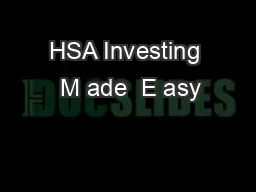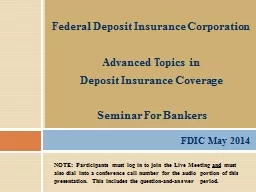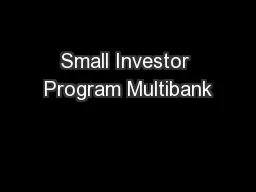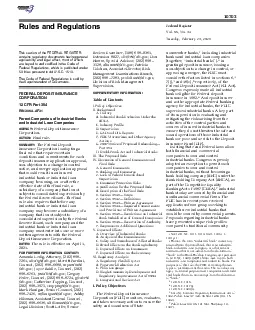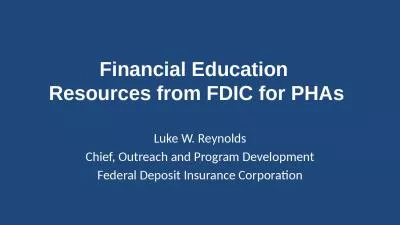PPT-Not FDIC Insured May Lose Value
Author : greyergy | Published Date : 2020-06-20
No Bank Guarantee The Challenge Source The College Board 2015 College costs are rising Four years of tuition and fees 2016 Public college in state 40 861 Private
Presentation Embed Code
Download Presentation
Download Presentation The PPT/PDF document "Not FDIC Insured May Lose Value" is the property of its rightful owner. Permission is granted to download and print the materials on this website for personal, non-commercial use only, and to display it on your personal computer provided you do not modify the materials and that you retain all copyright notices contained in the materials. By downloading content from our website, you accept the terms of this agreement.
Not FDIC Insured May Lose Value: Transcript
Download Rules Of Document
"Not FDIC Insured May Lose Value"The content belongs to its owner. You may download and print it for personal use, without modification, and keep all copyright notices. By downloading, you agree to these terms.
Related Documents





